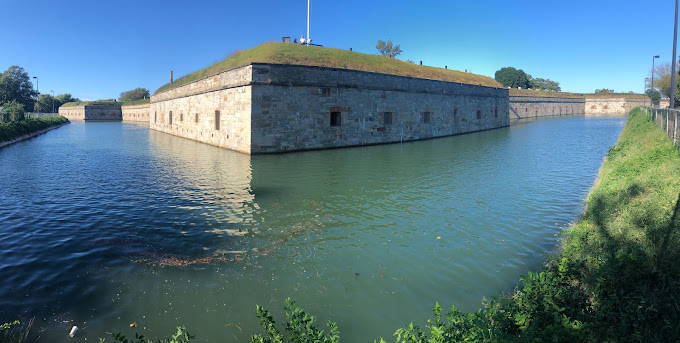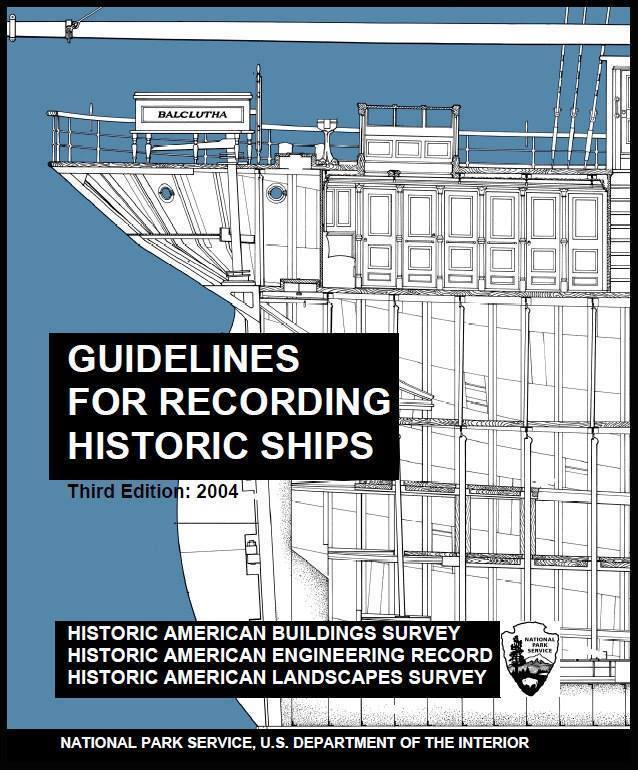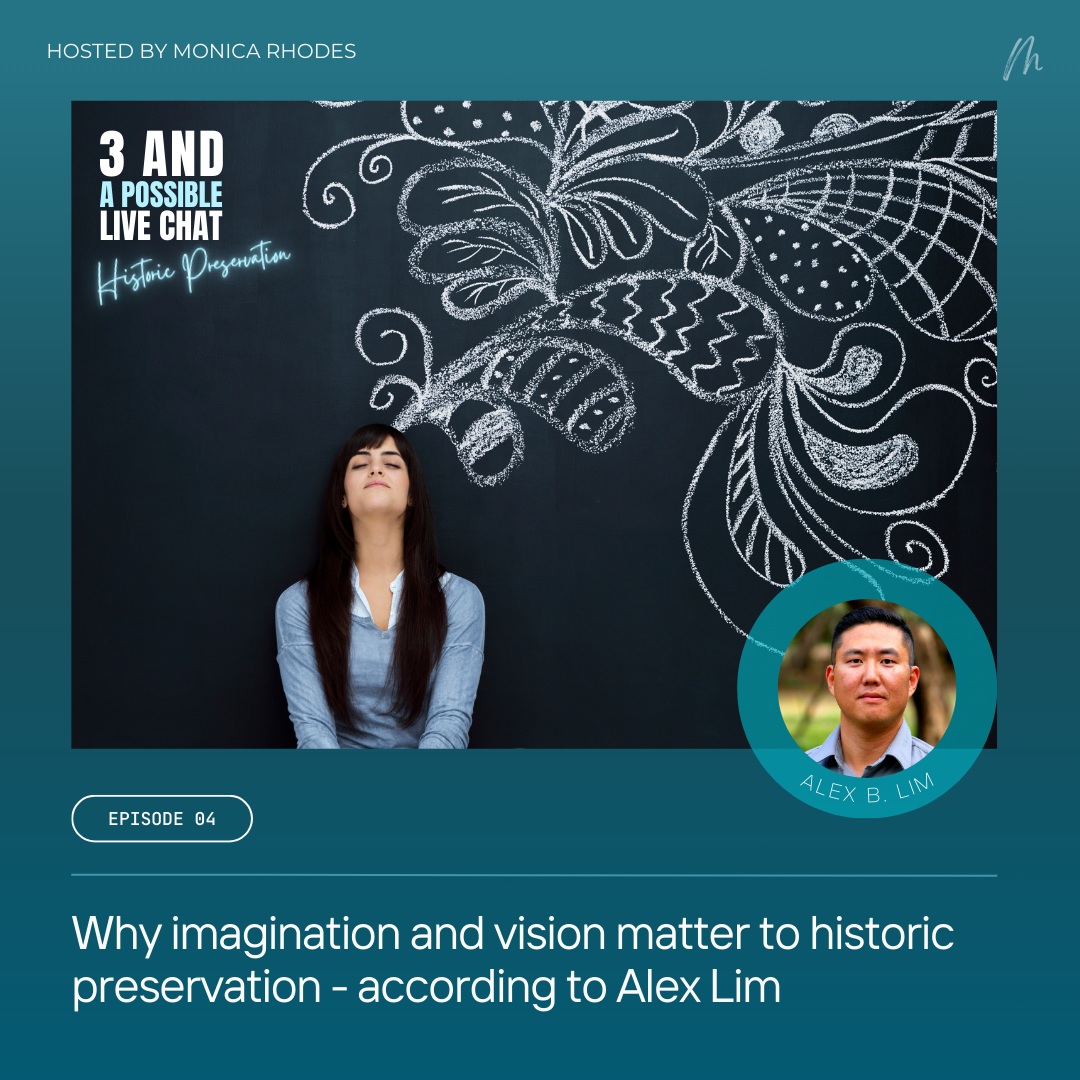Search my blog for Preservation tips that can help you right now.
After that, let’s chat about how to make a greater impact now.

New (To You) Novels to Check Out for Black History Month
Looking for something interesting to add to your library shelves? Here are a few suggestions I think you’ll like in honor of black history month: 📕WOKE UP NO LIGHT Leila Mottley | @leilamottley woke up no light is a Black girl’s saunter turned to a woman’s defiant strut. These are the hymns of a new generation of poetry. Young, alive, yearning. A mouth swung open and ready to devour. A quest for home in a world that knows only wasteland and wanting. | https://amzn.to/42C3Gis 📕THE HEAVEN & EARTH GROCERY STORE James McBride | @jamesmcbrideauthor One of Barack Obama’s Favorite Books of 2023. “A murder mystery locked inside a Great American Novel . . . Charming, smart, heart-blistering, and heart-healing.” —Danez Smith, The New York Times Book Review

Finding Fun in Failure: Why I’m Embracing Imperfection in 2025
Soundtrack: Shirley Horn: Here’s to Life This year, I’ve decided to lean into something I’ve avoided for much of my life: failing publicly. And the truth is, this decision is rooted in fear — not the absence of it, but the commitment to have a healthier relationship with it. Fear has always been with me. It’s not something I aim to eradicate but something I’ve learned to hold and navigate. Whether it’s launching initiatives that push boundaries in preservation, trying to amplify young voices in spaces where they’re often excluded, or even daring to tell my own personal stories, fear has walked alongside me in every moment of risk. And while I’ve achieved publicly, I’ve also stumbled, fallen short, and failed—but I’ve done so in

Project Highlight: Fort Monroe
Here’s a little bit more about what I do: as a Historic Preservationist, the projects can be wide and varied. Here’s one from a few years back in 2017 @fortmonroenps in Hampton, VA. THE SITE: Fort Monroe, the largest fully moated masonry and earthen fort in the United States, was constructed in the aftermath of the War of 1812 as the first and largest of the coastal defense fortifications in the Third System (1816–1860). It represents four centuries of evolving military strategies, technologies, and leadership doctrines that have contributed to our national defense, beginning with the site’s Woodland Era peoples and extending through the modern era of airborne weapons systems. These resources are key contributing elements of the Fort Monroe National Historic Landmark District, and

How to Record Historic Ships
On Pearl Harbor Remembrance Day, I thought you also might be interested to know that it’s Maritime Heritage Month as well. Did you know: the US Navy actually only permanently lost 2 ships in the attack on Pearl Harbor: the USS Arizona and the USS Oklahoma. All the other damaged ships were refloated and repaired, many within 6 months. This is because the Japanese failed to bomb the nearby repair facilities and dry docks. They also failed to damage any of the aircraft carriers who were out of port during the raid. The Japanese mistakenly believed battleships would play the main roll in naval combat. It turned out that aircraft at sea would be the main weapon that would lead to the deadly demise of

Why vision and imagination matter for historic preservation – according to Alex B. Lim
Summary Alex B. Lim, an architectural conservator at Tumacacori National Historical Park, talks about how he discovered his passion for cultural heritage preservation and the importance of passing on knowledge to future generations. Highlights – 🧑🎓 Alex discovered his passion for cultural heritage preservation while studying abroad in Italy. – 👩🔬 As an architectural conservator, Alex applies knowledge of mathematics and physics to understand how buildings and landscapes hold up over time. – 🌎 Alex is particularly engaged with tribal members on both sides of the US-Mexico border, where he helps conserve Earthen buildings and Native American Heritage. – 🙌 Alex is currently training interns in the basics of preservation and architecture, emphasizing the importance of continuing knowledge for preserving fragile heritage sites. – 🤝

Why it’s important to know your heroes
“If you know your history and you know where you came from and you know who your people are and you know who your heroes are – congratulations because you have no idea how important that is until you DON’T have that.” Dr. Megan Springate Dr. Megan Springate compiled a list of more than 750 sites relevant to #LGBTQhistory and created a map to go with it. Shortly after her work was finished, the Gill Foundation donated money to the National Park Foundation to complete a theme study of LGBTQ history in America for the NPS (National Park Service). They asked Springate to lead the project. What resulted was a 1,200-page document, freely available on the NPS website, which provides a broad overview of LGBTQ history connected

New (To You) Novels to Check Out for Black History Month
Looking for something interesting to add to your library shelves? Here are a few suggestions I think you’ll like in honor of black history month: 📕WOKE UP NO LIGHT Leila Mottley | @leilamottley woke up no light is a Black girl’s saunter turned to a woman’s defiant strut. These are the hymns of a new generation of poetry. Young, alive, yearning. A mouth swung open and ready to devour. A quest for home in a world that knows only wasteland and wanting. | https://amzn.to/42C3Gis 📕THE HEAVEN & EARTH GROCERY STORE James McBride | @jamesmcbrideauthor One of Barack Obama’s Favorite Books of 2023. “A murder mystery locked inside a Great American Novel . . . Charming, smart, heart-blistering, and heart-healing.” —Danez Smith, The New York Times Book Review

Finding Fun in Failure: Why I’m Embracing Imperfection in 2025
Soundtrack: Shirley Horn: Here’s to Life This year, I’ve decided to lean into something I’ve avoided for much of my life: failing publicly. And the truth is, this decision is rooted in fear — not the absence of it, but the commitment to have a healthier relationship with it. Fear has always been with me. It’s not something I aim to eradicate but something I’ve learned to hold and navigate. Whether it’s launching initiatives that push boundaries in preservation, trying to amplify young voices in spaces where they’re often excluded, or even daring to tell my own personal stories, fear has walked alongside me in every moment of risk. And while I’ve achieved publicly, I’ve also stumbled, fallen short, and failed—but I’ve done so in

Project Highlight: Fort Monroe
Here’s a little bit more about what I do: as a Historic Preservationist, the projects can be wide and varied. Here’s one from a few years back in 2017 @fortmonroenps in Hampton, VA. THE SITE: Fort Monroe, the largest fully moated masonry and earthen fort in the United States, was constructed in the aftermath of the War of 1812 as the first and largest of the coastal defense fortifications in the Third System (1816–1860). It represents four centuries of evolving military strategies, technologies, and leadership doctrines that have contributed to our national defense, beginning with the site’s Woodland Era peoples and extending through the modern era of airborne weapons systems. These resources are key contributing elements of the Fort Monroe National Historic Landmark District, and

How to Record Historic Ships
On Pearl Harbor Remembrance Day, I thought you also might be interested to know that it’s Maritime Heritage Month as well. Did you know: the US Navy actually only permanently lost 2 ships in the attack on Pearl Harbor: the USS Arizona and the USS Oklahoma. All the other damaged ships were refloated and repaired, many within 6 months. This is because the Japanese failed to bomb the nearby repair facilities and dry docks. They also failed to damage any of the aircraft carriers who were out of port during the raid. The Japanese mistakenly believed battleships would play the main roll in naval combat. It turned out that aircraft at sea would be the main weapon that would lead to the deadly demise of

Why vision and imagination matter for historic preservation – according to Alex B. Lim
Summary Alex B. Lim, an architectural conservator at Tumacacori National Historical Park, talks about how he discovered his passion for cultural heritage preservation and the importance of passing on knowledge to future generations. Highlights – 🧑🎓 Alex discovered his passion for cultural heritage preservation while studying abroad in Italy. – 👩🔬 As an architectural conservator, Alex applies knowledge of mathematics and physics to understand how buildings and landscapes hold up over time. – 🌎 Alex is particularly engaged with tribal members on both sides of the US-Mexico border, where he helps conserve Earthen buildings and Native American Heritage. – 🙌 Alex is currently training interns in the basics of preservation and architecture, emphasizing the importance of continuing knowledge for preserving fragile heritage sites. – 🤝

Why it’s important to know your heroes
“If you know your history and you know where you came from and you know who your people are and you know who your heroes are – congratulations because you have no idea how important that is until you DON’T have that.” Dr. Megan Springate Dr. Megan Springate compiled a list of more than 750 sites relevant to #LGBTQhistory and created a map to go with it. Shortly after her work was finished, the Gill Foundation donated money to the National Park Foundation to complete a theme study of LGBTQ history in America for the NPS (National Park Service). They asked Springate to lead the project. What resulted was a 1,200-page document, freely available on the NPS website, which provides a broad overview of LGBTQ history connected
